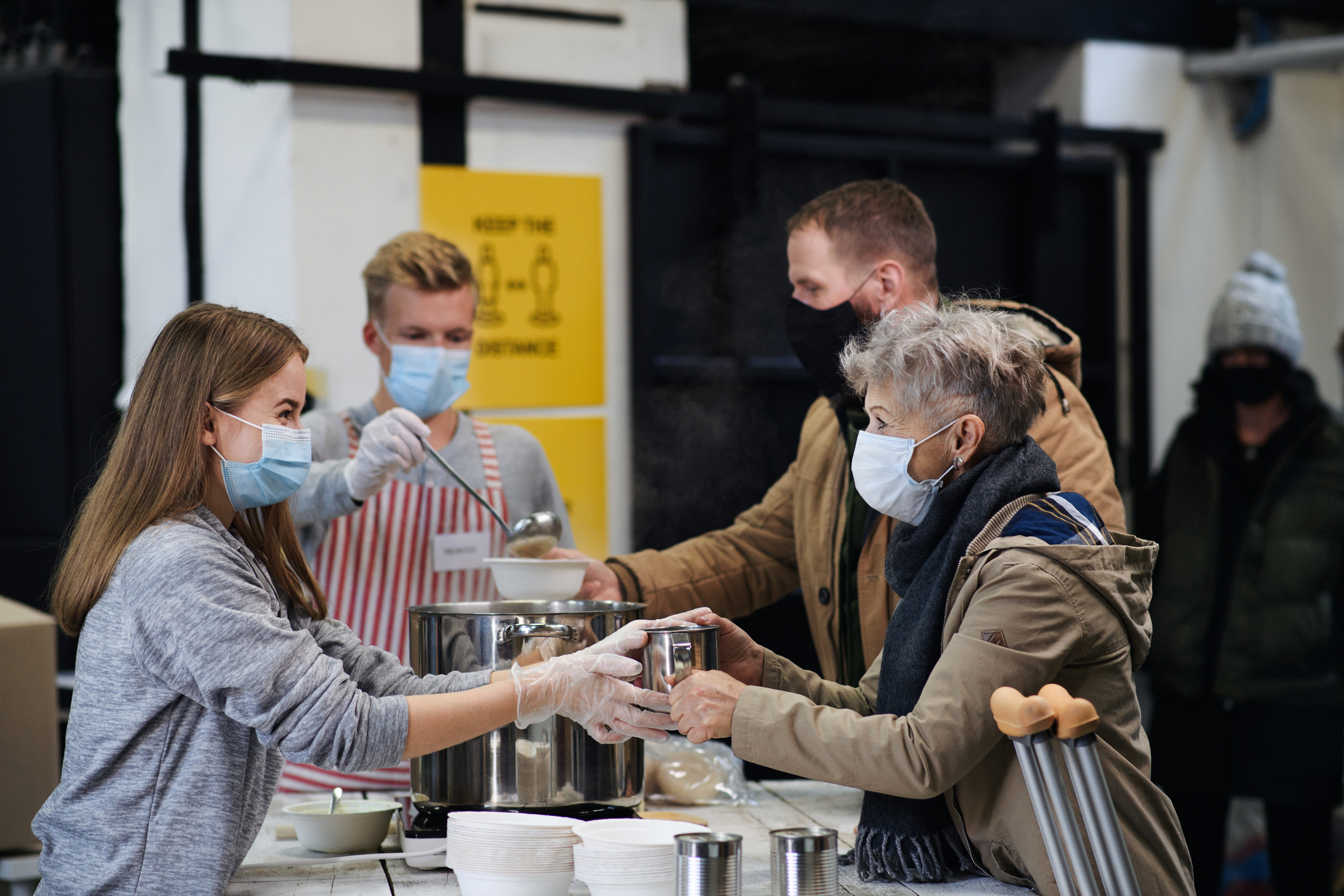While executives and most white collar employees have decent health insurance, safe neighborhoods, good schools, and a plethora of healthy grocery options, large swaths of society aren’t so lucky. Those disparities impact everyone through increasing healthcare costs, tax spending, or issues with employees. So what can we do?
There is plenty of incentive for community stakeholders to work together to address these issues, but it requires a great deal of high level coordination, case management, and even a bit of altruism. Researchers and big thinkers are working hard to convince government, nonprofit, and private entities to invest in the overall health of their communities. The dividends could be massive for individuals and the system as a whole.
Earlier this month, D CEO Healthcare hosted a virtual panel discussing the impact of health disparities in DFW and what the industry and community are doing to address the issues. The panel included three healthcare executives who discussed community health and its social determinants, the challenges of integrating healthcare, and solutions to address gaps in the system.
The panelists were Dr. Salil Deshpande, Chief Medical Officer of UnitedHealthcare Community Plans of Texas and Oklahama; Jim Hinton, CEO of Baylor Scott & White Health; and Dr. Steve Miff, President and CEO of Parkland Center for Critical Innovation.
Continue reading about some of the healthcare leaders’ most insightful takeaways below.
How do social determinants impact an individual’s health?
Deshpande: Whether somebody has stable housing, for example, or whether they have access to food on a regular basis, or whether they have the ability to pay their utility bills, we know that those factors have an opportunity or an ability to impact their good health or whether they’re able to see their doctor…For people who have Medicare and Medicaid, when those folks who had defined and recognized insecurity with food were actually provided food on a regular and consistent basis, we saw decreases in hospitalizations and decreases in emergency room visits of over 70 percent.
How do health disparities impact a community’s health?
Deshpande: Prior to the COVID pandemic, one in four households who are headed by adults with less than a college education faced food insecurity. So that ties into some of the other challenges and those social determinants that we face. People with lower education are more likely to have food insecurity, which then subsequently impacts health…Black infants continue to have a very high infant mortality rate relative to other populations within our society.
Hinton: A lot of what keeps people in certain racial groups from seeking health care is fear or misinformation about what’s going on.
Why should employers care?
Deshpande: “There may be employees who have limited health insurance benefits, and certainly there are people in our communities who have no insurance at all. But the same factors that are impacting their health are very likely to be impacting their ability to show up for work, or if they are at work, whether they are fully present or whether they are anxious or wondering how they might solve their other challenges for themselves and their families.”
Why is it important to integrate the community into healthcare?
Hinton: “Community health care workers who look more like the patients that are being attempted to be helped can be extremely impactful in helping them to consider ways of improving their own health, most recently with vaccines. As opposed to waiting for people to come to us, we’ve loaded up vaccines into bands and we have taken them out into communities.
How can providers address gaps in healthcare?
Miff: The technology component to be able to connect both healthcare providers and the community is a critical because you want to be able to screen to identify need, refer an individual for that need, and enable that connection, not only from a provider, healthcare provider to the community, but enable community based organizations to refer individuals to each other based on those services…It takes a whole community. And in order to orchestrate this at the front end, you need to start to have a governance model across all the key stakeholders and the community to guide some of these activities. They need to agree on what and how the various information data can be shared, safely and appropriately, to really define how all these things are going to be measured.
Deshpande: When the doctor screens a patient and identifies a need that their patient has, they can make a referral to that community based organization. Once that referral is made, how does that healthcare provider know whether that need ever got addressed? There’s a two way communication that needs to happen once the referral is made.
Hinton: We have a program related to food insecurity. We have relied on the partnership with the USDA to help bring food into some of these areas. And so we’re trying to help be part of that solution too. But there’s pretty good collaboration among all the health systems in DFW.





